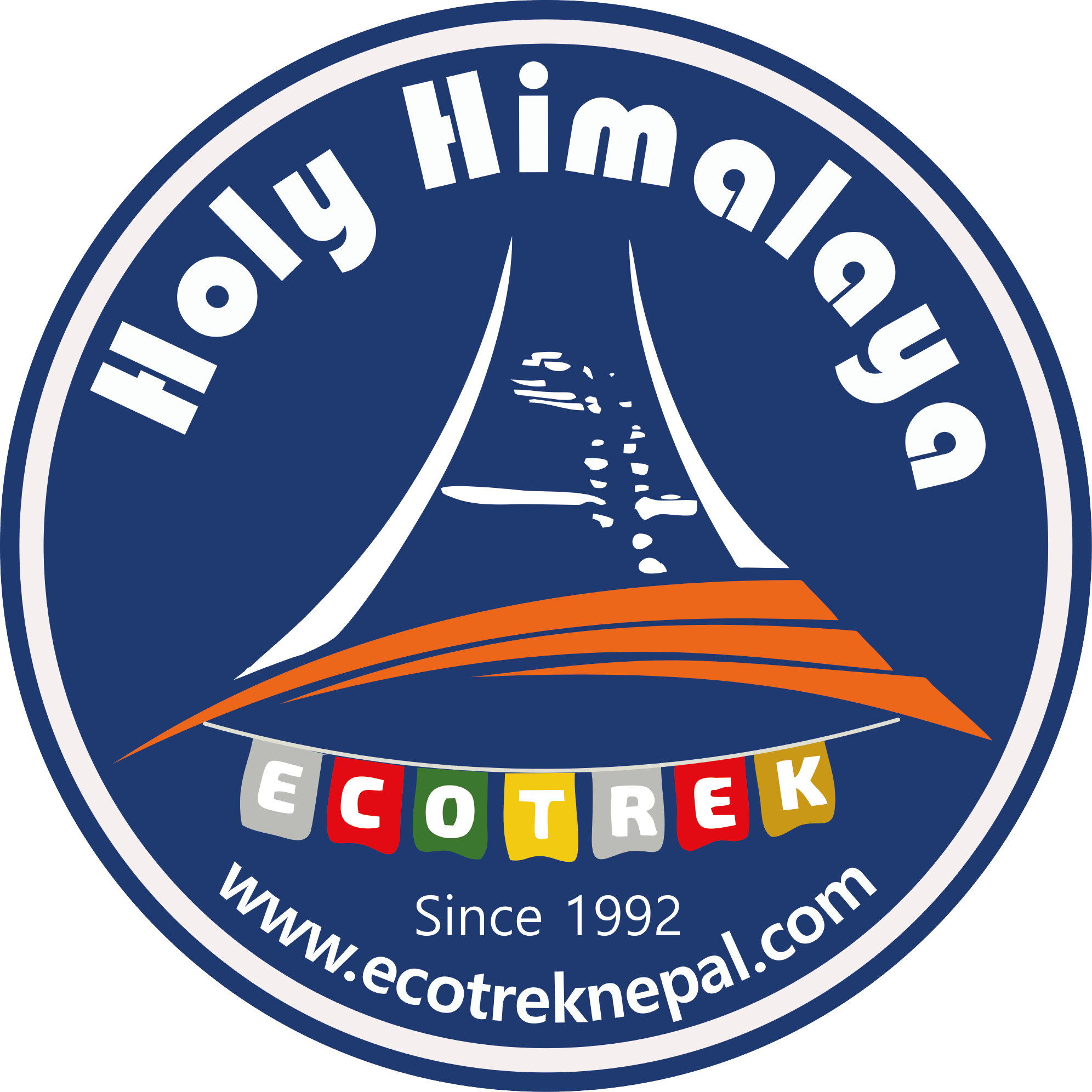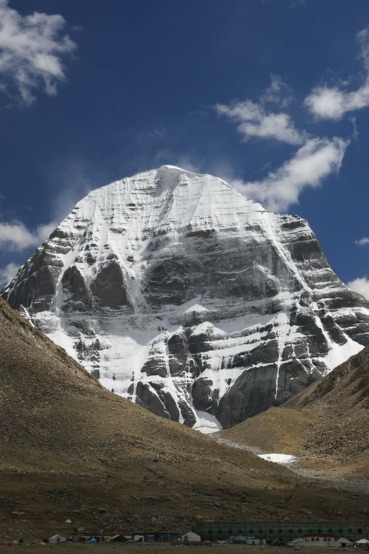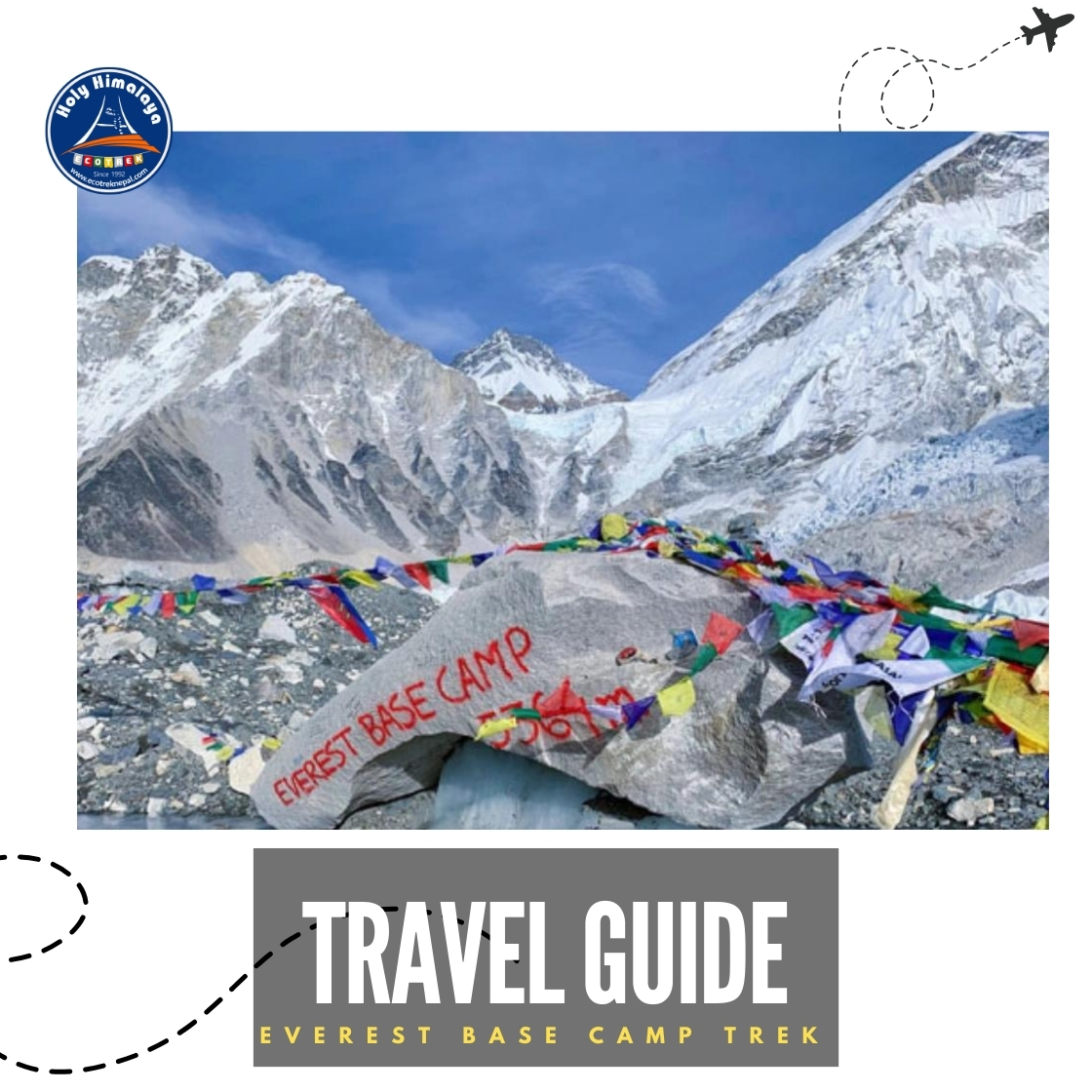Holding immense spiritual significance among its devotees, Kailash Mansarovar is considered one of the holiest places for Buddhists as well as Hindus. Mount Kailash and Lake Mansarovar are situated on the Tibetan Plateau. Having an elevation of 6,638 m, Mount Kailash is known for its mythological values and unique geographical features.
As Mount Kailash is known as the home of Lord Shiva, it is believed that by doing parikrama around Mount Kailash, you seek blessing from Lord Shiva and purify yourself in the holy place. The religious place welcomes thousands of pilgrims as well as adventure seekers. Not only Hindus, but the Kailah Mansarovar region also holds tremendous importance for Buddhism, Bon religion, and Jainism.
The pristine Lake Mansarovar lies in the lap of Mount Kilash in the Tibet Autonomous Region. The religious lake has an altitude of 4590 m above sea level and holds a special place in the hearts of people visiting the Kilash region. It covers an area of 320 square kilometers. The devotees consider the water of the lake to cleanse sins and lead to spiritual purification.
The lake stands out as the purest water body, as pure as sapphire, which extends visitors the look into the deeper points of the lake. The route of the amazing trip starts with a beautiful bus ride from Kathmandu to the Nepal-China border at Kyirung.
The crystal-clear water, snow-capped Himalayas, alpine meadows, and cultural values of the place attract people with their beauty. One needs to walk around 52 kilometers to do Kailash parikrama, which is considered one of the holiest walks around Mount Kilash. The walk is called Kailash Kora, which starts from Darchen to Dirapuk and Juthulpuk and reaches back to Darchren.
For many travelers, Kailash Mansarovar is a lifelong dream and a highlighted item on their bucket list. The place also provides travelers with an opportunity to exchange cultural values and learn many new things by traveling in the region.

The best time to visit Kailash
The best time to visit this religious place is during the spring season, which is from April to June. During this time, the temperature is moderate, and the landscape is green and lush.
The autumn season, starting from October to November, is also considered one of the most perfect times to visit the Kailash area. The skies are relatively clear, and the days are bright and sunny. Also, the temperature is cooler.
The summer season, starting from July to September, is loved by travelers to Kailash as, during this time, days are longer, but you need to be prepared for occasional rainfall.
Winter (December to March) is considered the off-season for visiting Kailash, as there will be heavy snowfall and the weather conditions will become harsh.

People and culture
Locals here, living near Kailash, have deep attachments to the mountains and surrounding area. They are very humble and have high beliefs in spiritual and religious values. Locals majorly follow Hinduism, Buddhism, Jainism, and the Bon religion.
One of the highlighted occupations of most of the locals here is farming. People here are engaged in cultivating crops such as potatoes, barley, wheat, etc. As the area is a significant tourism destination, many people are involved in tourism and hospitality-related services.
In the markets and towns, small locals are also engaged in trade and commerce. While there are also many individuals working in public services, healthcare facilities, and government offices.

Trek duration
The duration of the trek around Mount Kailash depends on various factors, such as trekking routes, the ability of the trekkers, and the starting point. Usually, the Kailash Mansarovar Yatra takes around 10–12 days. The parikrama, which is a three-day walk around Mount Kailash, is comparatively harder than the rest of the days as the altitude goes higher.
The maximum elevation of the trip will be 5600 m. Once you get into the enchanted atmosphere of Mount Kailash, you’ll be attached to its beauty. You won’t know when the time passes, as you will be involved in nature and Mount Kailash.

How do I reach it?
There are two ways to reach Tibet and get closer to the holy Mount Kailash. All three are equally scenic and beautiful and are very peaceful, making travelers more curious and impatient to feel the spiritual energy of Kailash.
By Road: The first one is by road. The drive from Kathmandu, Syabrubesi, Timmure, and finally Kyirung has diverse landscapes and cultural aspects that are totally different from one another (Nepal and Tibet). The natural resources, inhabitants, and traditions vary slowly as we ascend to the Tibet region. The hilly region of Nepal is greener, with rivers and rivulets flowing from all the gorges, terrace farming, and lush vegetation. The elevation, or Tibet part, is more of a dry plateau with very little vegetation and greenery and more sandy hills. The Brahmin, Chettri, and general Aryans are seen in the hilly regions of Nepal before Syabrubesi, and gradually you can see mongoloid faces as you ascend to the Nepal-Tibet borders and Tibet region.
By Air: You can fly to Lhasa, Nagri (Ali), and visit holy destinations within a week if timing is not a key issue. Using a helicopter all the way to the Nepal border town is another option if you wish for more comfort, but day-wise, it does not help that much to reduce the Yatra duration. Altitude Air is one of the best helicopters to use in the mountains of Nepal.
The helicopter route is the easiest, safer, and fastest way, allowing travelers more time and energy to reach Kailash Parbat, despite the helicopter’s high cost compared to the road.

Difficulty level
Kailash Yatra is demanding as well as rewarding. The difficulty level can involve various factors, which have been explained below:
- Physical fitness of an individual:
Personal physical fitness is one of the most important factors while doing a trek. If the body is weak, then altitude sickness can be a major concern, which makes the person weaker.
- Weather conditions:
As the weather can be unpredictable, travelers should be ready for any sudden changes, such as temperature fluctuations, strong winds, and snowfall.
- High Altitude:
The increase in altitude is another major factor that comes as a difficulty in any trek. The trek reaches altitudes over 5,600; sickness is a matter of concern. Proper acclimatization and gradual ascending can be done to avoid any health issues.
- Remote and rugged terrain:
The trails consist of various terrain, such as steep ascents and descents, rocky paths, and crossings of high passes, e.g., Dolma La Pass.

Route to Kailash
Towns that you will stop or visit on this Holy Himalaya Yatra:
Kyirong
Kyirong is a small but beautiful town nearer to the Langtang-Ganesh Himal range, on the Tibet side of the Himalaya. This is a modern, growing trade town already. It is known for its stunning beauty, with snow-capped mountains, lush green valleys, and picturesque landscapes. One of the main attractions of Kyirong is the Kyirong Dzong, also known as the Gyirong Fortress. The altitude of Kyirong is approximately 2,774 meters above sea level. The economy of Kyirong is transferring from traditional agriculture, with a focus on farming and animal husbandry, to a border trade town.

Saga
Saga is a beautiful destination in Tibet, known for its stunning landscapes and as a stopover for travelers heading to Mount Kailash and Lake Manasarovar and visitors heading to Western Tibet. One of the major attractions of Saga is the Saga Dawa Festival, a significant religious event celebrated by the local Tibetan community. The altitude of Saga is approximately 4,600 meters (15,100 feet) above sea level. The main economy of Saga is primarily based on animal husbandry; you can see almost everywhere yak and sheep herds.

Paryang Town
Paryang, also known as Payang, is a town located in the Ngari Prefecture of Tibet. It is situated in a remote and sparsely populated area, surrounded by vast grasslands and snow-capped mountains. The serene and untouched environment offers a peaceful retreat for visitors, allowing them to connect with nature and experience the breathtaking scenery. The economy of Paryang is still based on agriculture and animal husbandry. This is also a trade town, working trade, or supply link to Mustang Valley, mid-Nepal.

Manasarovar
Manasarovar, or Manasarovara, is a sacred lake located in the western part of Tibet (closer to the Nepal and India border, in the north-west corner), between Mount Kailash and Mountain Gorula Manadala. It is considered one of the holiest pilgrimage sites for Hindus, Buddhists, Jains, and followers of its pristine beauty, with its turquoise waters reflecting the surrounding snow-capped mountains. The altitude of Manasarovar is approximately 4590 meters (15,060 feet) above sea level. There are many holy sites to explore. Horqu, Seralung Monastery, Yerngo Monastery, Trugo Monastery, and Chiu Monastery are the key places to visit while circumnavigating the Holy Lake.
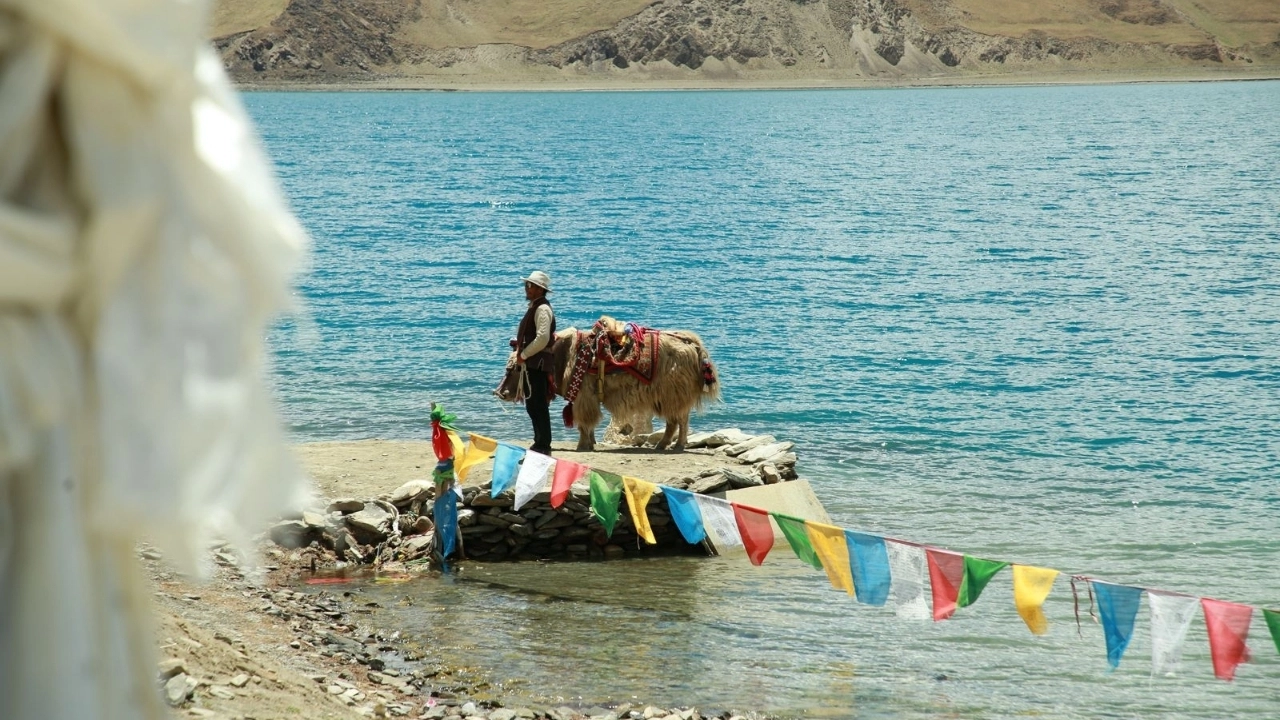
Rakchesh Tal
The name Rakchesh Tal means “lake of the demon” or “lake of devils” in Sanskrit. Rakchesh Tal is a highly religious destination that contains an array of abundant followers. On the one hand, the majestic place of Mount Kailash has the purest lake known as Manasarovar, whereas on the other hand, it also has a lake considered windy and not good for inhabitants, which is Rakchesh Tal. The altitude of Rakchesh Tal is 4,500 meters. The landscape of Rakchesh Tal is similar to that of Manasarovar Lake, but the natural aspects of the lakes are very different from one another. The Rakchesh Tal has a high and strong wind with no gust at all.

Darchen
Darchen is a small town located near Mount Kailash in Tibet. This place is known for its significant spiritual and cultural importance. It is the gateway to Mount Kailash and the Kailash Parikrama. The altitude of Darchen is approximately 4575 meters (15,010 feet) above sea level. Darchen is already a modern town with all the minimum facilities: a good hotel, shopping, medical backup, and a check post. This is also an entry point for Austapad, Atmalingam, and Nandi visits.

Derapuk
This is closer to the head of the Lha Chu River, which ends at Rakchesh Tal and goes all the way to the Ganga River via Rakchesh Tal. The other end (water shed) of this valley is the head of the Indus River, which goes via Thrithapuri. Dirapuk, or Dira Phug, is a significant site along the Kailash Manasarovar Yatra. From this point, anyone can see the entire North Face of Holy Mountain. Derapuk is not a town or village with formal human settlement, but a rugged landscape, a serene atmosphere, and the opportunity to witness the breathtaking beauty of the mountain make this section a truly high-value, very special place for all the visitors. A large number of Yatri make this their final destination and return to Darchen once they feel the vagueness of this mountain. Yatri, who is physically fit to walk on the rugged trails, can go up to Dolma La using Derapuk as a base and continue to Juthalpuk, which is also part of the Lham Chu River valley. Both side on the bottom of Dolma La, motorable rugged road is there including Derapuk. Trucks, jeeps are allowed to drive including Pilgrimage who are on bad condition physically. Chorten, monastery, praying flags, tea shop, basic accommodations, and needy supports such as horses and helpers are available here for those who need them. Charan Sparshaa is getting very popular, which is a 4-hour tough walk from this point, walking all the way to the base of Kailash as a single pyramid.

Charan Sparshaa
Charan Sparsha is a sacred walk from Drerapuk monastery to the feet of Kailash Parvat on the north face of Kailash Mountain (about 7 km from Derapuk). The perfect time for Kailash Charan Sparsha is from mid-May to September. The pilgrims feel like they have been blessed by Lord Shiva by actually touching the base of Kailash Mountain. It’s a deeply spiritual act that signifies respect and humility towards the divine. It is a side trip or a detour done from Derapuk.

Sapta Rishi Cave
The Saptarishi Cave is considered an extreme hub in the Nandi inner Parikrama and is also counted among the most difficult treks experienced at the time of the Inner Kora. The Saptarishi Cave is located at an elevation of approximately 6000 meters. The cave holds great significance and is considered a sacred spot for spiritual seekers. It is believed that Sapta Rishis in old age came to this cave and meditated, so it is said that visiting the Saptarishi Cave can bring blessings and spiritual enlightenment to the travelers. The caves have lines of Chorthen, which is also considered a memorial to the highly revered Rishi or Guru.
Dolma La Pass
Dolma La Pass is a high point between the Lha Chu River and the Lham Chu River. Two of the rivers are key rivers that supply the holy water of the entire Kailash Mountains. Gauri Kunda is just next to this high pass (5,630 meters, 18,471 feet). Shivastal and this high pass are full of color offered by local pilgrimage. For anyone who plans to do the entire Parikarma, this is the best route to follow and enjoy the beauty of the hilltop and high pass.

Gauri-Kunda
Gauri-Kunda is a sacred lake located near Mount Kailash. According to Hindu mythology, it is believed to be the bathing place of Goddess Parvati, also known as Gauri. Many pilgrims on the Kailash Manasarovar Yatra take a holy dip in Gauri-Kunda as part of their spiritual journey. The altitude of this lake is approximately 4,560 meters (14,960 feet) above sea level. This place is also associated with the legend of how Ganesha acquired his elephant head.

Permit
As the Kailash region is situated in Tibet, you will require several permits to visit the place. Here we’ve listed the main permits required for Kailash Mansarover.
1. Tibet Travel Permit
As you will be traveling outside of Lasha, you’ll require this permit. You can obtain it from the Tibet Tourism Bureau. It is the most important permit required. You can apply for this visa yourself. The application process for this permit takes 8–9 working days.
2. Aline’s Travel Permit
This permit is also known as a PSB permit. It is issued by the Public Security Bureau. It is required by travelers if they are traveling outside Lasha. The application process takes around 1–2 hours.
3. Military Area Entry Permit and Foreign Affairs Permit.
A military area entry permit might be required in areas like Mount Kailash and Lake Mansarovar. The permit is issued by the military office in Lasha, and the foreign affairs permit is issued by the foreign affairs office in Lasha.
Accommodation on Trek
The accommodations during the trip are more of www.holyhimalaya.com (our hotel in Kathmandu) standard, which is considered moderate (3 stars). The Holy Himalaya (Eco Trek) will take care of the overnight stays throughout the Yatra. In the towns, especially Kiyrung, Saga, Paryang, and Darchen, the accommodations will be selected in the high-end hotels with nice and cozy beds and bath rooms with hot and cold shower facilities. In the key destinations of Yatra, especially Holy Lake, Parikrama Days (for 3 nights), and in the border towns of Nepal, accommodation will be more basic (there is no choice). Even on basic ground sharing, the beds are covered with warm blankets (throughout the yatra), and on top of the blankets you can wear down jackets or innerwear, so there is nothing to fret about the cold nights in the lap of the holy Kailash.
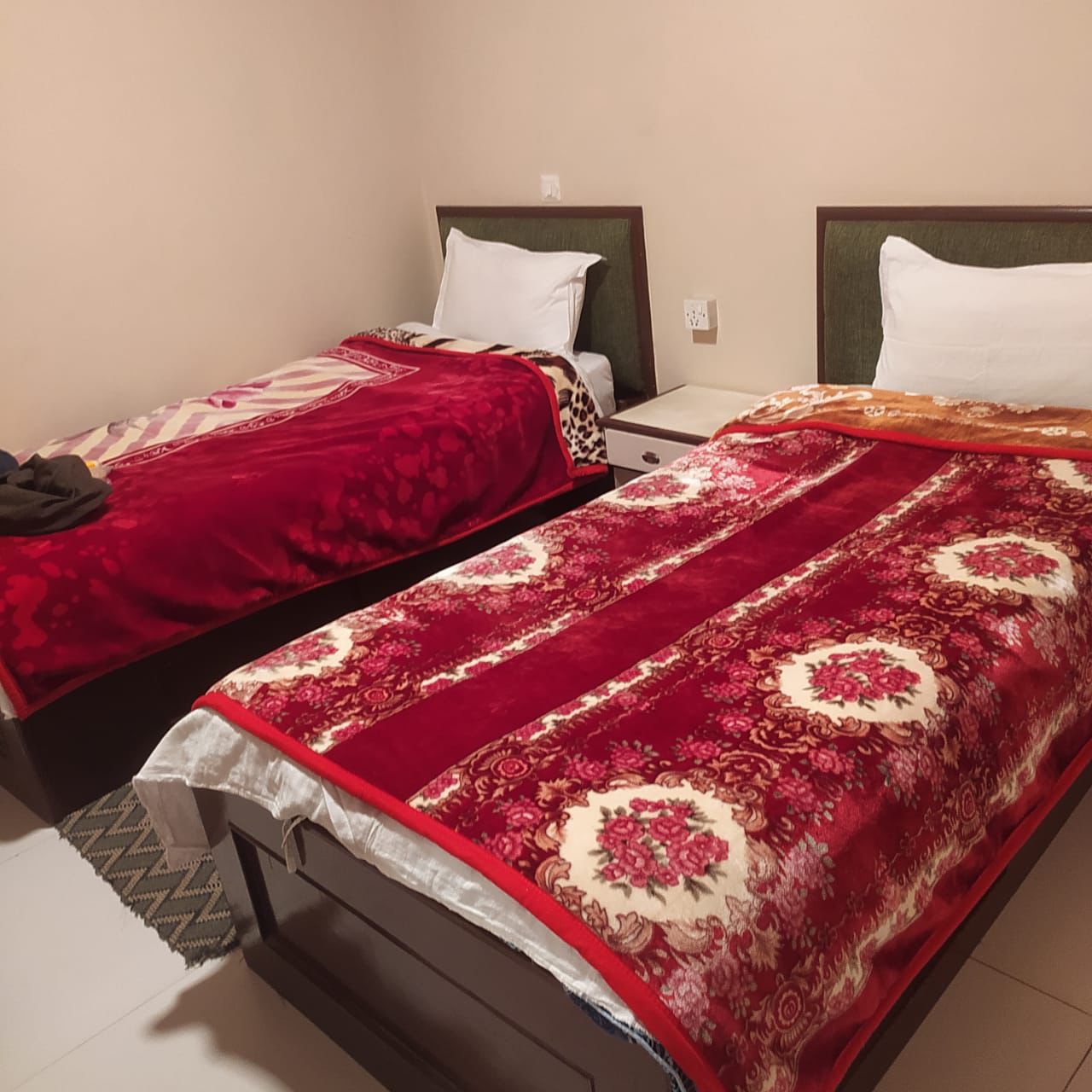
Foods and drinks
There are plenty of restaurants that serve Chinese menus and food with a variety of flavors. But for the specially focused Hindu Yatri, we have a self-catering team that follows your needs while you are at high altitude. Since 1992, the team at the Holy Himalaya has provided healthy foods that are needed to conquer the Kailash Manasarovar Yatra.
Typical Melas: hot drinks, including soup items, are always possible while you are in a hotel or lodge.
Breakfast: porridge with honey sweetener, puri and bhaji, upma, bread toast with a spread of jam and honey
Typical Lunch: Rajma Curry, Veg Curry, Plain Rice, Pickles, Fruits, and Juices. And, while walking (Parikrama) or driving, we will serve packed food.
Dinner: Roti with Dal or Vegetable Curry, Plain Rice, Rasham, Sambhar Curry, Pickles, Salads, and Papad
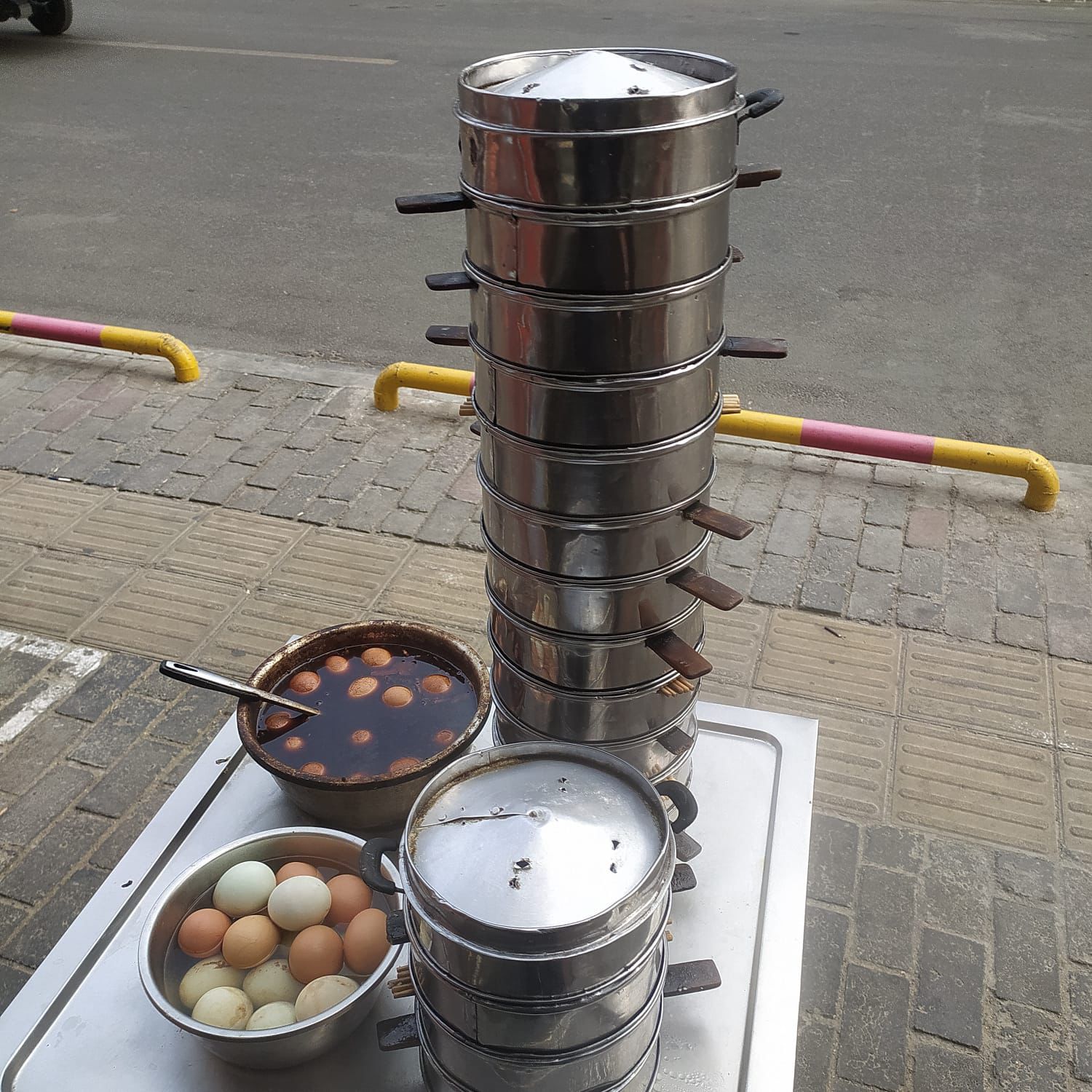
Trekking insurance
As trekking insurance provides financial protection and covers medical emergencies, trip cancellations, evacuations, and other unforeseen events that may take place during the trek, it is very crucial for trekkers to get their travel insurance for Kailash Mansarovar.
The trekking insurance also provides coverage for stolen gear, such as trekking equipment, cameras, etc. It also provides coverage in case of a trip cancellation or delay.
Guide
Having a guide for Kilash is not mandatory, but hiring them can be very beneficial as they help you in many ways. Guides have a high level of knowledge about the place, such as landmarks and alternative routes. They also provide you with safety and emergency assistance, which is very important while on the trip.
Guides also promote positive tourism practices. They also motivate the travelers and encourage them to reach their desired destinations when they are physically and mentally weak. Generally, the daily rates of guides in Tibet range from $50 to $150 or more.

Porters
For hiring a porter for your Kailash trip, it depends on various factors. It is an easier option and helps you in various ways. If you have good physical health and are sure that you can reach your destination by yourself, then you don’t need a porter. It also depends on the weight of your backpack, as it can be hard to climb up carrying a heavy load on your back. Generally, the daily rates of porters in Tibet range from $15 to $30 or more.
Altitude Sickness
Before starting your journey to Tibet, it’s crucial to assess your physical fitness and undergo some training, as the trek around Mount Kailash is both challenging and demanding. Engaging in exercises such as swimming, cycling, and running can significantly improve your lung efficiency, preparing you for the high-altitude trek. Additionally, ensure you have a comprehensive physical examination before departing for Lhasa.
Upon arrival at Saga, proper acclimatization to the high altitude is essential before heading out on the long road to Darchen. To acclimate effectively, rest and avoid strenuous activities for the first two days in Saga. It’s also advisable to steer clear of alcohol, strong coffee, and smoking, and to stay well-hydrated.
During the Mount Kailash Kora Trek
While trekking around the Kailash Kora route, it’s vital to recognize the symptoms of altitude sickness and know how to respond to them. Common symptoms include headaches, nausea, dizziness, dehydration, and a general feeling of malaise or weakness, resembling a hangover. These can often be alleviated with rest and simple medications for headaches and nausea.
To minimize the risk of altitude sickness, avoid smoking and drinking alcohol, as they contribute to dehydration. Maintaining proper hydration is crucial, so ensure you drink plenty of water throughout the trek. Taking frequent breaks can help your body adjust to the increasing altitude, and it’s important to sleep at a lower altitude than the highest point you reached during the day.
Your professional trekking guide plays a key role in identifying and managing altitude sickness. All of our guides are trained to recognize and treat individual symptoms. If you experience any signs of altitude sickness, inform your guide immediately. Should the symptoms become more severe, your guide will recommend descending to a lower altitude without delay.
Charging equipment on the trail
As facilities may be limited, having your own power source, such as a portable power bank or solar charger, can be helpful to keep your devices charged while on the trail towards Kailash. Appropriate charging cables and adapters should be carried for phones, cameras, and other electronic devices.
We can get easy access to electricity to charge our equipment while we are staying at hotels until we don’t start our tree-day trek. As we start our parikrama, it is difficult to find these facilities as we will be climbing high altitudes.
Shower on the trail
Showering along the trail can be challenging, as the weather conditions might not be favorable. The accommodations will be selected in the high-end hotels with nice beds and bath rooms with hot and cold shower facilities, especially at Kiyrung, Saga, Paryang, and Darchen. You can get hot water showers at the hotels there, but it may not be practicable when the parikrama starts. As you ascend to higher altitudes, the facilities may decrease. Showering with cold water is not recommended, as the weather here will be very cold.
Rules and regulations to be followed while in Kailash
- Avoid littering, and waste disposal should be done properly.
- To minimize the impact on the environment and damage fragile ecosystems, trekkers should stick to the designated trails.
- Obtaining the necessary permits or passes before entering the camp or trek area as per the requirement.
- Respect the culture, tradition, and customs of the local communities there.
- The plants, animals, or their habitat should not be disturbed or harmed by human activities.
- Leave a positive impact by engaging in responsible tourism practices.
